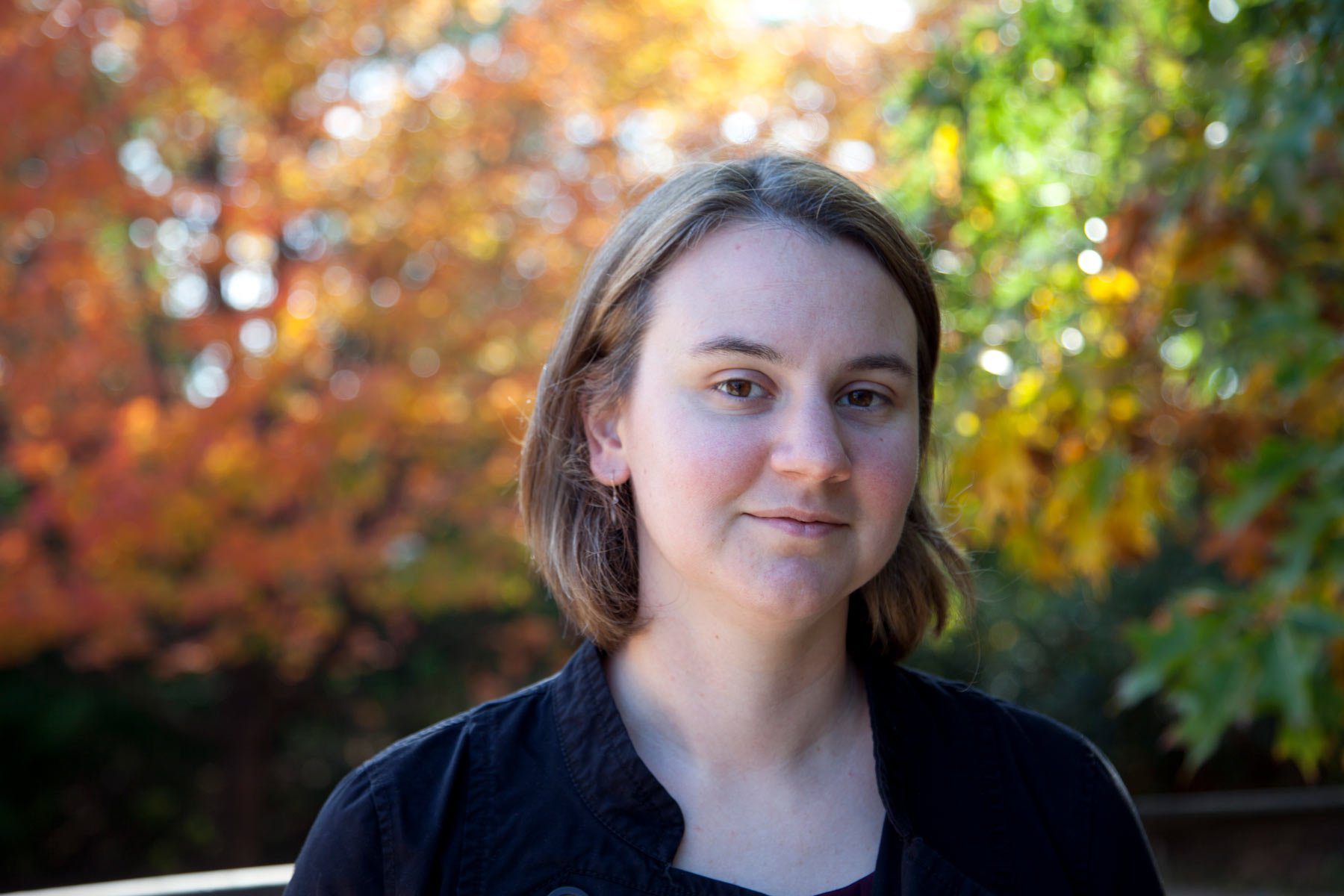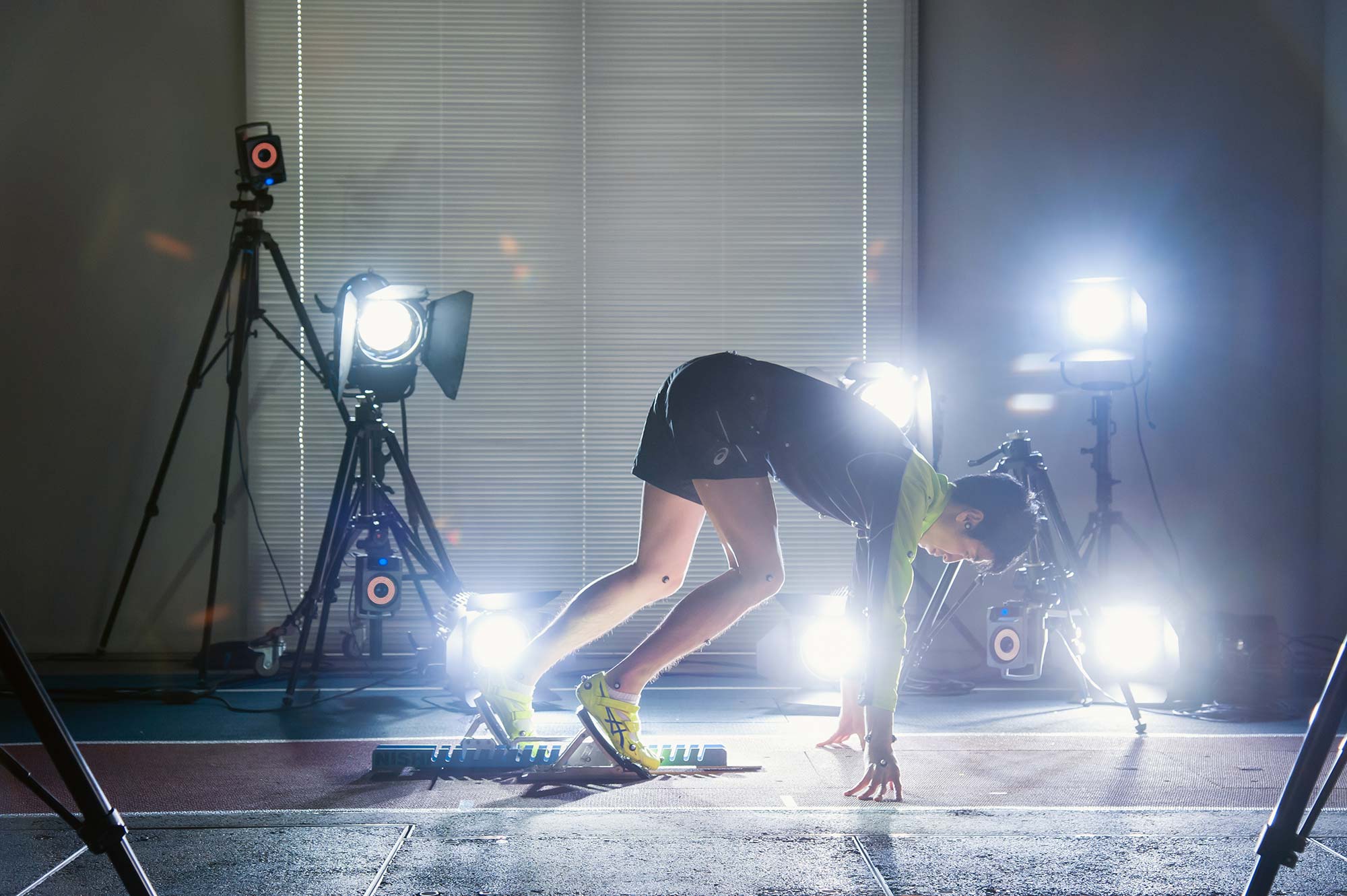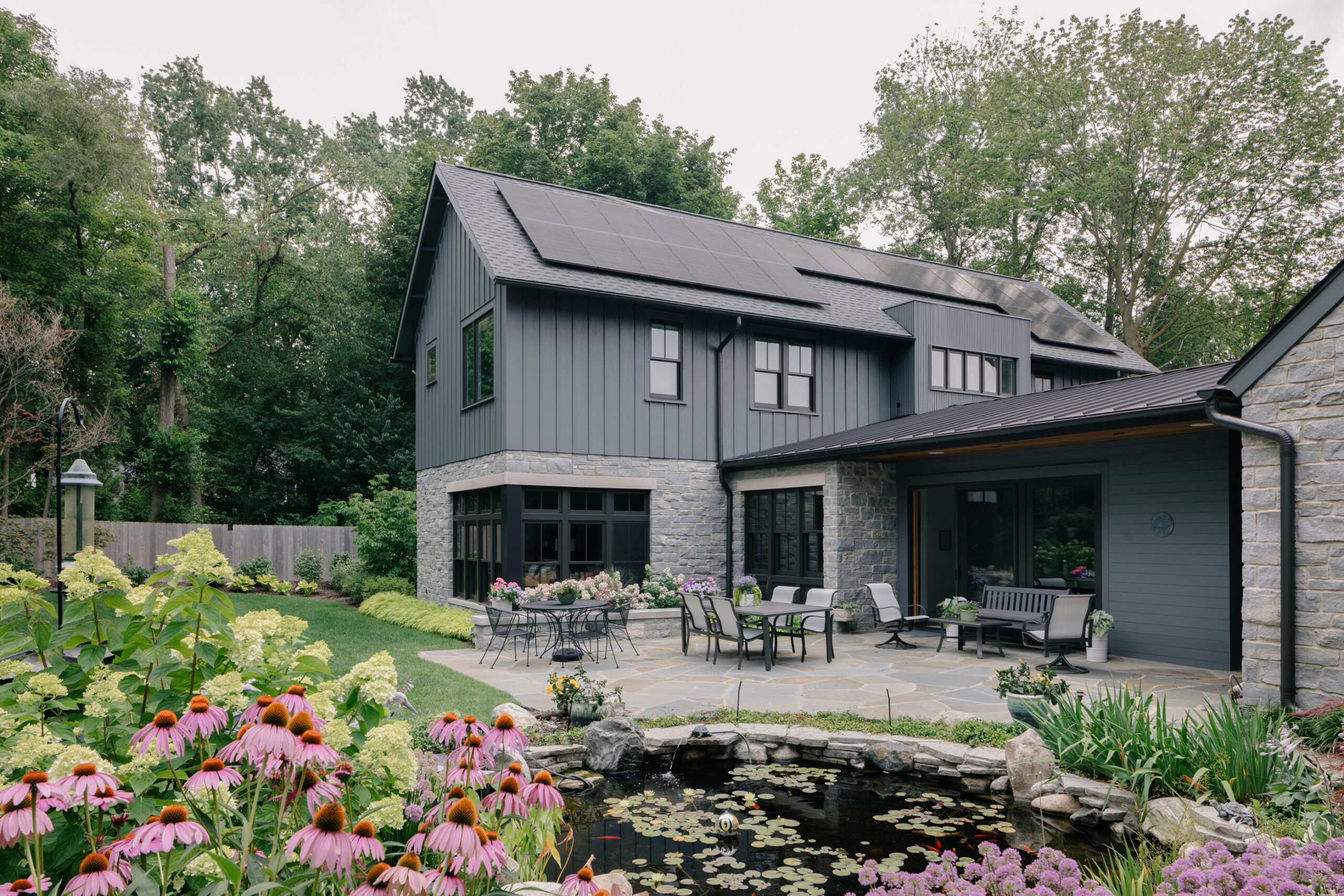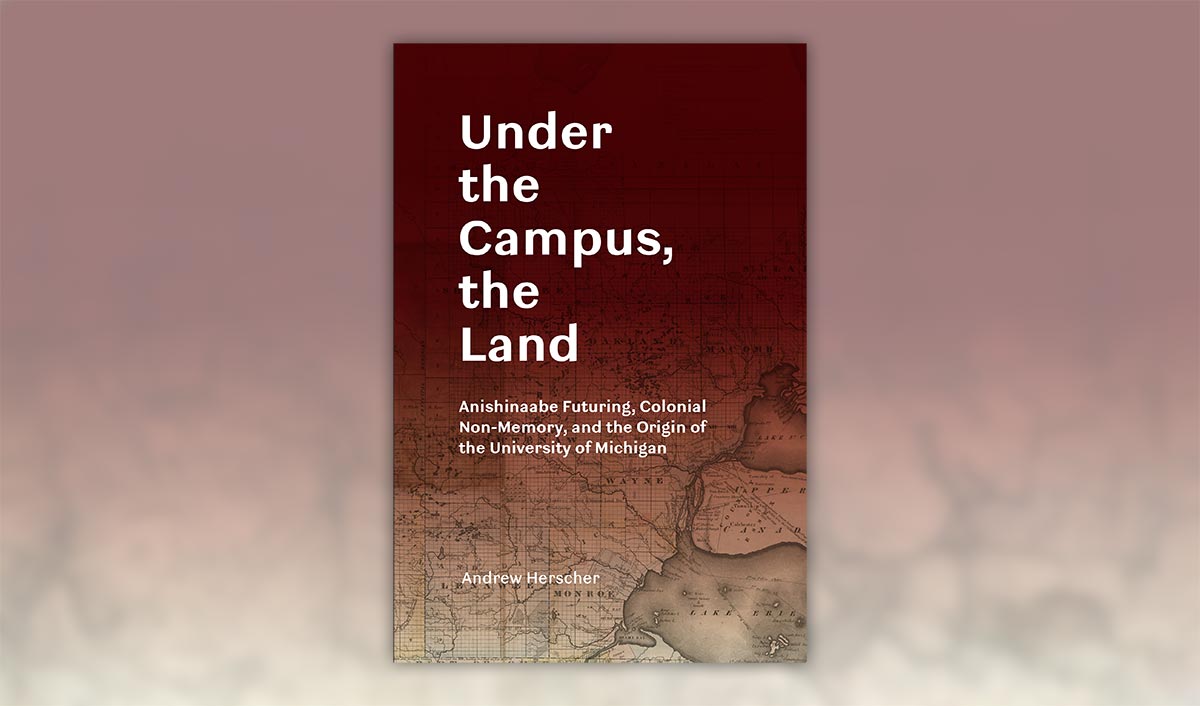
Knoblauch leads U-M-funded research project to improve inclusivity and accessibility of quiet workspaces
A Taubman College-led project to improve the inclusivity and accessibility of quiet workspaces for faculty and staff is one of six research projects to receive funding from the Office of the Provost’s Disability Scholarship Initiative.
“What does a quiet working space look like? Visualizing faculty and staff preferences at the University of Michigan” is led by principal investigator Joy Knoblauch, associate professor of architecture.
The six projects, announced Jan. 15, support the pursuit of new scholarship aimed at better understanding and addressing the concerns of faculty and staff at the Ann Arbor campus who have disabilities.
The initiative aligns with existing efforts to strengthen the institutional commitment to an inclusive and accessible campus and embraces a broad definition of disability, which includes mental, physical, sensory, and cognitive differences. Each funded proposal addresses the Vision 2034 pillars of health and well-being and life-changing education. The initiative is made possible with gift funds.
Knoblauch’s research team includes Upali Nanda, partner and executive vice president at HKS and professor of practice in architecture at Taubman College; Matias del Campo, associate professor of architecture at the New York Institute of Technology; Emerson Delacroix, researcher and psychologist, Department of Health Behavior & Health Equity, School of Public Health, U-M; and Natalie Leonard, a Ph.D. candidate in architecture at Taubman College.
Their project aims to improve inclusivity and accessibility of on- and off-campus work spaces for faculty and staff by documenting their needs for quiet workspaces. Recognizing that many existing designs overlook the diverse needs of individuals with varying sensory processing styles, the team will gather preferred auditory and visual characteristics of these spaces. Participant responses will inform a diffusion engine to create a variety of workspace options that incorporate different light configurations, materials, and furniture types, beyond standard designs. A subsequent survey of the same faculty and staff will assess how well the newly generated images align with the faculty and staff’s preferences and functional needs.
The team will collect demographic information, including physical and/or cognitive disability, age, race and ethnicity, gender, university affiliation, identity and acculturation, country of birthplace, sensory and social preferences, enabling the researchers to tailor recommendations based on diverse backgrounds. Deliverables will include initial survey results, a collection of images reflecting the faculty and staff’s preferences, information about whether they match heterogeneous desires, and a set of preliminary design guidelines for inclusive workspaces.
Lastly, the team plans to produce a film of these insights and visual concepts to share with faculty and staff at U-M and other institutions, fostering a broader conversation about creating adaptable and welcoming working environments. The project builds on previous research using a similar method to explore hospital room preferences and validate midjourney images of clean, quiet, and well-lit patient rooms.









